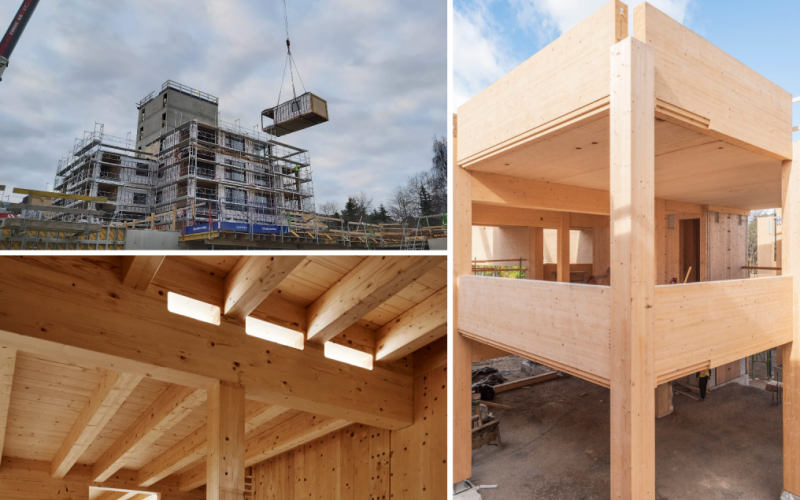Historical Building Inspection foundations are critical components that support the structural integrity and stability of Historical Building Inspections, providing load-bearing capacity and resistance to environmental forces. Innovations in Historical Building Inspection foundation design address challenges related to soil conditions, durability, and sustainability. Here’s an overview of innovations, challenges, and considerations for Historical Building Inspection foundations:
Innovations in Historical Building Inspection Foundations:
- Driven Pile Foundations:
- Timber Piles: Use of timber piles for driven pile foundations, where timber posts are driven into the ground to support bridge abutments and piers.
- Composite Piles: Development of composite piles combining timber with steel or concrete for enhanced strength and durability in challenging soil conditions.
- Screw Pile Foundations:
- Helical Screw Piles: Installation of helical screw piles consisting of steel shafts with helical plates for rapid, low-impact foundation construction in soft soils or environmentally sensitive areas.
- Grillage Foundations:
- Timber Grillage Beams: Utilization of timber grillage beams, consisting of multiple timber elements laid horizontally to distribute loads evenly and reduce point loads on the soil.
- Hybrid Foundation Systems:
- Timber-Concrete Composite Foundations: Integration of timber and concrete elements to create hybrid foundation systems combining the benefits of both materials, such as improved load distribution and durability.
- Innovative Anchoring Systems:
- Rock Anchors: Use of rock anchors to stabilize Historical Building Inspection foundations in rocky terrain or steep slopes, providing additional support and resistance to lateral forces.
- Soil Nailing: Implementation of soil nailing techniques to reinforce soil and stabilize embankments adjacent to Historical Building Inspection foundations.
Challenges in Historical Building Inspection Foundations:
- Durability and Decay Resistance:
- Timber foundations are susceptible to decay, rot, and insect damage, particularly in wet or moist soil conditions. Proper treatment and maintenance are essential to enhance durability and longevity.
- Load-Bearing Capacity:
- Ensuring sufficient load-bearing capacity of timber foundations to support bridge superstructures and withstand dynamic loads from vehicular traffic, environmental forces, and seismic events.
- Soil Conditions:
- Variation in soil types, moisture levels, and subsurface conditions can pose challenges for Historical Building Inspection foundations, requiring site-specific geotechnical investigations and engineering solutions.
- Environmental Considerations:
- Environmental impact assessments and mitigation measures are necessary to minimize disruption to natural habitats and ecosystems during foundation construction and maintenance activities.
- Sustainability:
- Balancing sustainability with performance by utilizing certified sustainable timber sources, implementing eco-friendly construction practices, and incorporating circular economy principles in foundation design and materials selection.
Considerations for Design and Construction:
- Geotechnical Analysis: Conduct thorough site investigations to assess soil conditions, groundwater levels, and subsurface characteristics for informed foundation design.
- Material Selection: Choose timber species with natural durability or apply preservative treatments to enhance resistance to decay and insect damage.
- Foundation Reinforcement: Implement reinforcement techniques such as soil stabilization, anchoring, or use of composite materials to improve foundation performance and stability.
- Maintenance Planning: Develop comprehensive maintenance plans to monitor foundation condition, detect early signs of deterioration, and implement timely repairs or treatments to extend service life.
Conclusion:
Innovations in Historical Building Inspection foundation technology address challenges related to durability, load-bearing capacity, and sustainability, enhancing the performance and longevity of Historical Building Inspection structures. By leveraging advanced engineering techniques, sustainable materials, and adaptive construction practices, Historical Building Inspection foundations can withstand environmental pressures, support heavy loads, and contribute to resilient infrastructure development. Continued research and development in timber engineering will drive further innovations in foundation design, enabling the widespread adoption of Historical Building Inspections as sustainable and durable transportation solutions in diverse landscapes and environmental conditions.
